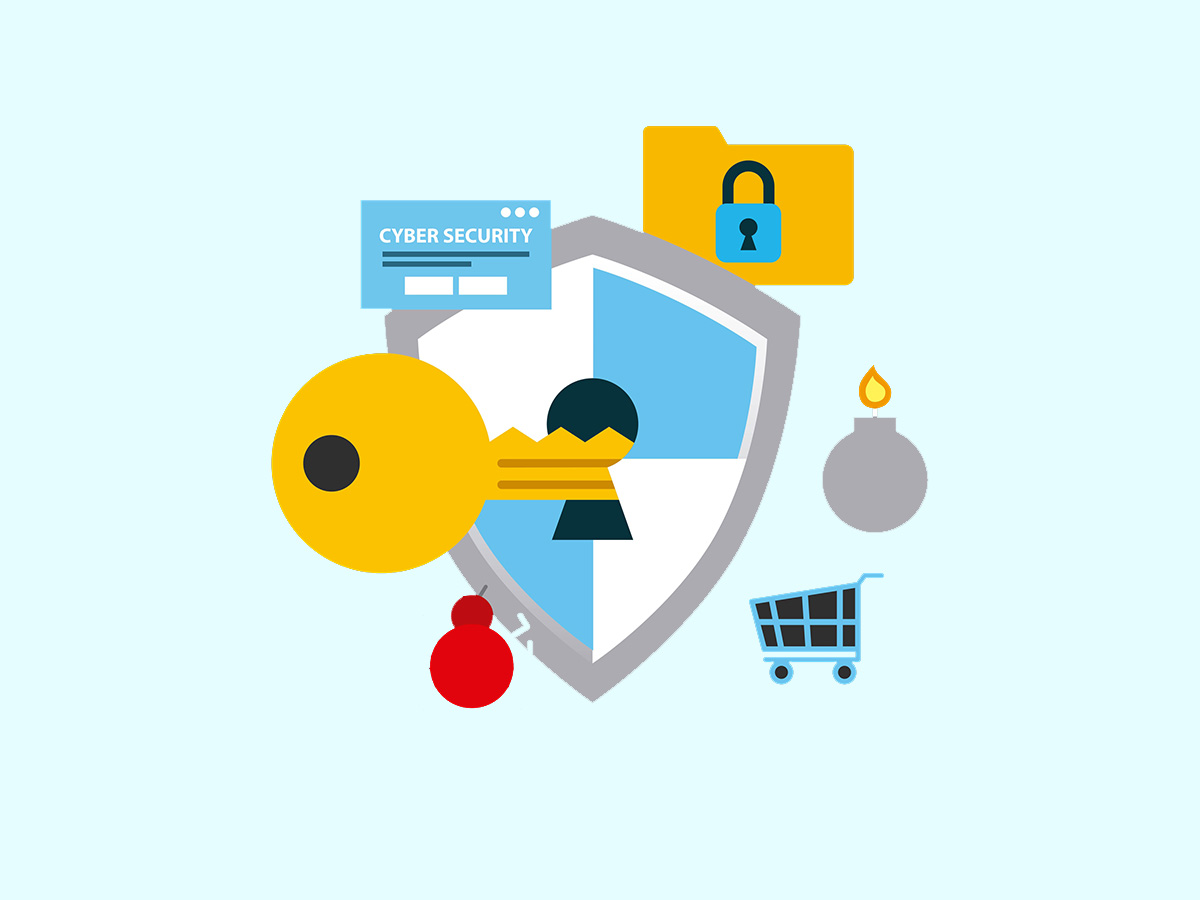SSO, or Single Sign-On, is a user authentication process that allows a user to use one set of login credentials (like username and password) to access multiple applications. The idea is to create a simplified and synchronized user experience, reducing the need for maintaining multiple usernames and passwords.
SSO Examples
1. Google Services
One of the most noticeable uses of Single Sign-On (SSO) is by Google and its suite of services. If you have a Google account, the same login credentials are used to access various interconnected services. This means that once you sign into your Google account, you have immediate access to a vast array of services.

Stay One Step Ahead of Cyber Threats
This includes Gmail, your personal email provider; Google Drive, where you can store files and documents in the cloud; YouTube, for accessing an immense library of videos; and Google Docs, for creating and editing Word documents, slide presentations, and spreadsheets. The convenience is that you don’t need to repeatedly enter your login information for each service. Just one login, and you’re set to use all these resources.
This seamless integration brought about by SSO not only improves user experience but also enhances productivity. Users don’t have to remember multiple usernames and passwords or go through the process of logging in every single time they switch between Google’s services. Overall, this creates a more simplified and efficient online experience.
2. Social Media Platforms
Another common use of Single Sign-On is on social media platforms such as Facebook and Twitter. To make the login process much easier, several websites and applications offer users the option to sign in using their social media credentials.
For example, if you’ve ever seen a “Log in with Facebook” or “Sign in with Twitter” option, that’s a form of SSO in action. What it does is eliminate the need for you to create and remember another username and password. Instead, you simply use the login information from your Facebook or Twitter account to gain access to the third-party website or app.
The benefit is a significantly simpler and quicker login process. Also, it saves users from the hassle of creating a new account for every website or application they want to use. As a result, users are more likely to sign up for services, and companies see increased engagement on their platforms.
3. Corporate Environment
In a corporate environment, SSO plays a crucial role in streamlining access to various internal systems. Employees typically need to use several different systems to perform their day-to-day tasks. These might include their email client, human resources (HR) systems, project management tools, and more.
Without SSO, each of these systems would require separate login credentials. This means employees would have to remember multiple usernames and passwords and continually log in and log out as they switch between different systems. With SSO, however, employees only need to log in once, using a single set of credentials.
SSO in a corporate environment not only simplifies the end-user experience but it also potentially increases operational efficiency. By minimizing login-related downtime and password recovery issues, employees have more time to focus on their work. Furthermore, it reduces the security risks associated with maintaining multiple passwords.
Conclusion
Single Sign-On (SSO) offers a more streamlined user experience in various contexts, from Google services to social media platforms and corporate environments. It efficiently simplifies the login process, enhancing productivity, increasing user engagement, and consolidating security efforts.
Key Takeaways
- Single Sign-On (SSO) is a user authentication process that enables a user to access multiple applications with a single set of credentials.
- Google’s services like Gmail, Google Drive, YouTube, and Google Docs use SSO to offer users a seamless experience across their platforms.
- Many websites and applications let users log in using their social media credentials from platforms like Facebook or Twitter, an application of SSO.
- In the corporate world, SSO is used to streamline access to various systems, such as email, HR systems, and project management tools.
- By using SSO, users have a simplified login process, companies see increased user engagement, and the security is consolidated.
Related Questions
1. How does SSO improve security?
SSO improves security by reducing the number of attack surfaces – because users only have to remember one password, there’s less chance of insecure password practices. Additionally, the management of user access is centralized, simplifying the process of ensuring unwanted access is prevented.
2. What is the primary benefit users get from SSO?
The primary benefit for users is simplicity and convenience. Users only need to remember one set of login credentials, reducing password fatigue and making the process of accessing different applications seamless and hassle-free.
3. Can SSO be used with mobile applications?
Yes, SSO can be integrated with mobile applications. Users can authenticate once and gain access to multiple applications on their device, similar to how it works on desktop platforms.
4. If I make a change to my main account, like changing a password, will it affect SSO?
Yes, when you change the main account password, it will also apply to all applications connected through SSO. Therefore, the next time you log in, you’ll need to use the updated password.
5. Can SSO be used with all types of applications?
Not all, but many applications do support SSO. The application needs to be specifically configured or designed to work with SSO. Vendors often indicate if their software is SSO compatible.
"Amateurs hack systems, professionals hack people."
-- Bruce Schneier, a renown computer security professional






